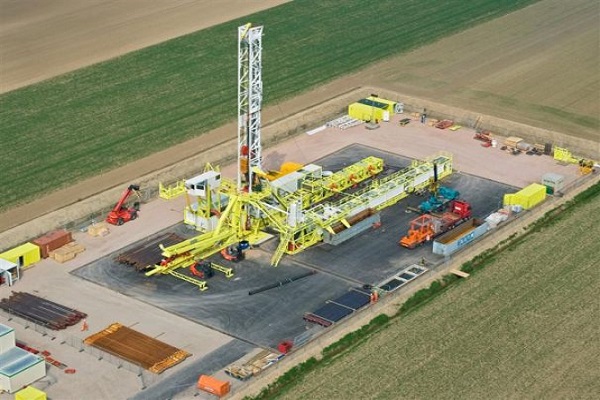1.Old ecological loads. The basic concepts and definitive criteria for evaluation of soil contamination.
2.Foreign matters in soils and underground waters, the basic physico-chemical properties of risk elements. The heavy metals in soils and their migration ability. Geochemical barriers.
3.Risk analysis. Methods for calculation of risks. Planar and spatial determination of contamination. The possibility of determination of pollution dissemination . The methods of explorations.
4.Risk elements in soils – occurence and conditions influencing mobility.
5.Biological method for decontamination. Principles. The case studies: phenols, oil hydrocarbons, PAHs.
6.Physico-chemical methods for soil decontamination technology. In-situ technology: pneumatic agitation, soil washing, degassing, solidification/stabilisation. Ex-situ technology: oxidation/reduction, catalyzed decomposition, dehalogenization with glycol, soil washing, extraction with solvents, destilation.
7.The management with wastes with high content of biodegradable matter. Anaerobic and aerobic technologies.
8.Thermic methods for soil decontamination. In-situ: evaporisation of vapours from soils, vitrification. Ex-situ: low temperature desorption, high temperature desorption, vitrification, combustion, pyrolysis and steam extractions. Co-combustion of wastes in large power unit.
9.Other technology for soil decontamination – electrokinetic technologies.
10.Co-combustion of wastes in large energetic installation/ technology „Zero Waste“.
11.Technology for underground water decontamination: stripping, air sparing, passive protection, bioreactors, biofiltration, filtration, membrane technology, adsorption.
12.Acid Mine Drainage (AMD) – genesis, natural processes. Technology for minimization of AMD from waste rocks and mines. Utilization of spoil rock for construction from the point of view of sulphate corrosion.
13.Landfilling. Conditions for locality selection. Conditions for geotechnical protection of landfill. Monitoring during landfilling and after finishing landfilling.
14.Landfills recultivation.
2.Foreign matters in soils and underground waters, the basic physico-chemical properties of risk elements. The heavy metals in soils and their migration ability. Geochemical barriers.
3.Risk analysis. Methods for calculation of risks. Planar and spatial determination of contamination. The possibility of determination of pollution dissemination . The methods of explorations.
4.Risk elements in soils – occurence and conditions influencing mobility.
5.Biological method for decontamination. Principles. The case studies: phenols, oil hydrocarbons, PAHs.
6.Physico-chemical methods for soil decontamination technology. In-situ technology: pneumatic agitation, soil washing, degassing, solidification/stabilisation. Ex-situ technology: oxidation/reduction, catalyzed decomposition, dehalogenization with glycol, soil washing, extraction with solvents, destilation.
7.The management with wastes with high content of biodegradable matter. Anaerobic and aerobic technologies.
8.Thermic methods for soil decontamination. In-situ: evaporisation of vapours from soils, vitrification. Ex-situ: low temperature desorption, high temperature desorption, vitrification, combustion, pyrolysis and steam extractions. Co-combustion of wastes in large power unit.
9.Other technology for soil decontamination – electrokinetic technologies.
10.Co-combustion of wastes in large energetic installation/ technology „Zero Waste“.
11.Technology for underground water decontamination: stripping, air sparing, passive protection, bioreactors, biofiltration, filtration, membrane technology, adsorption.
12.Acid Mine Drainage (AMD) – genesis, natural processes. Technology for minimization of AMD from waste rocks and mines. Utilization of spoil rock for construction from the point of view of sulphate corrosion.
13.Landfilling. Conditions for locality selection. Conditions for geotechnical protection of landfill. Monitoring during landfilling and after finishing landfilling.
14.Landfills recultivation.
